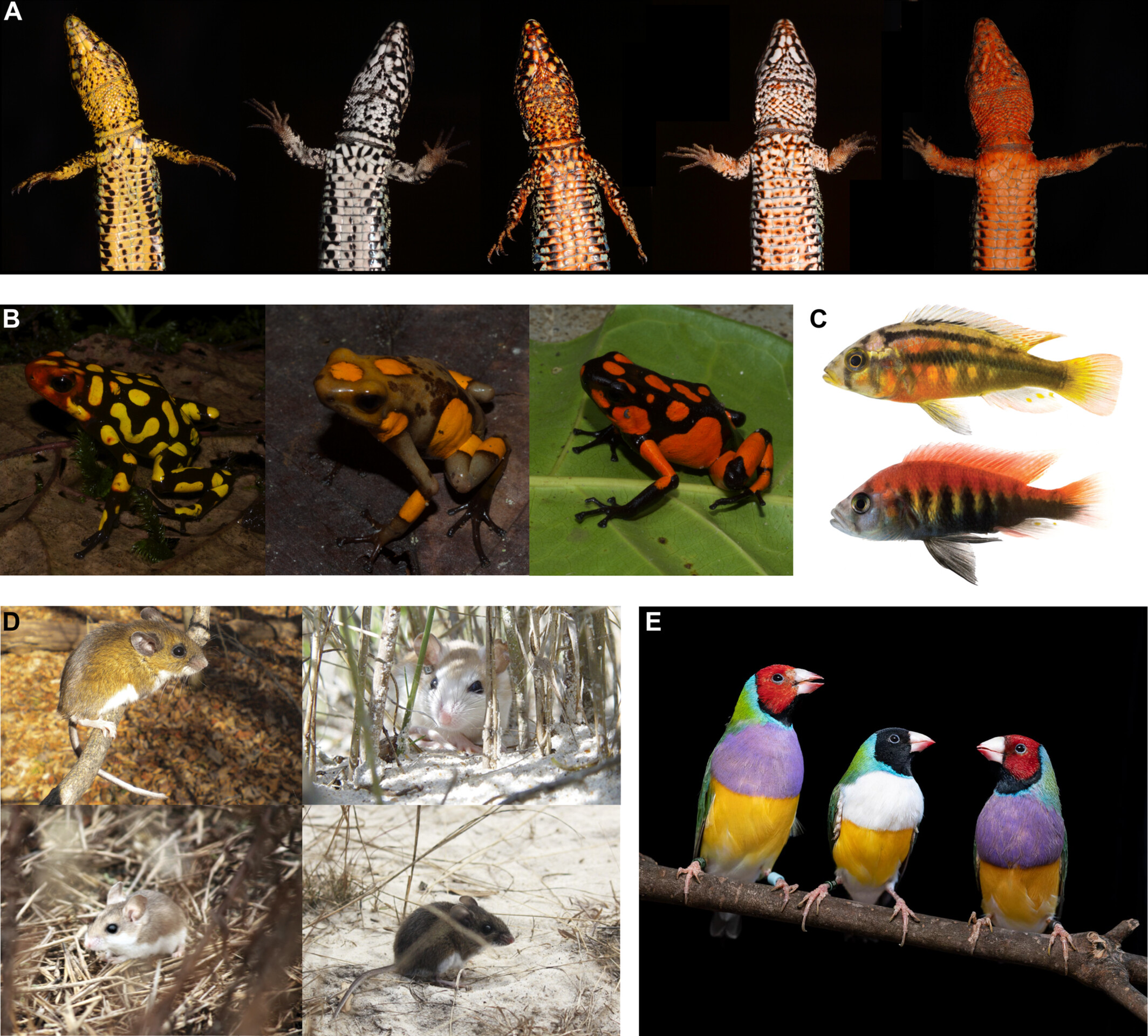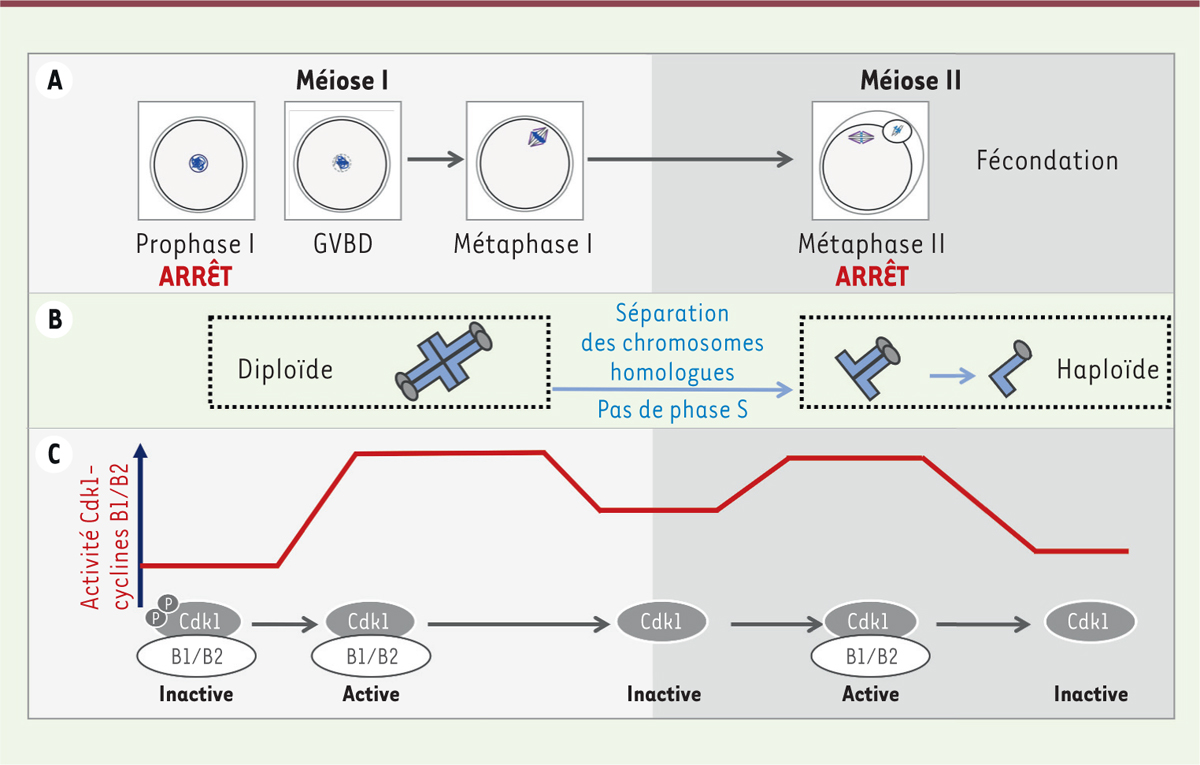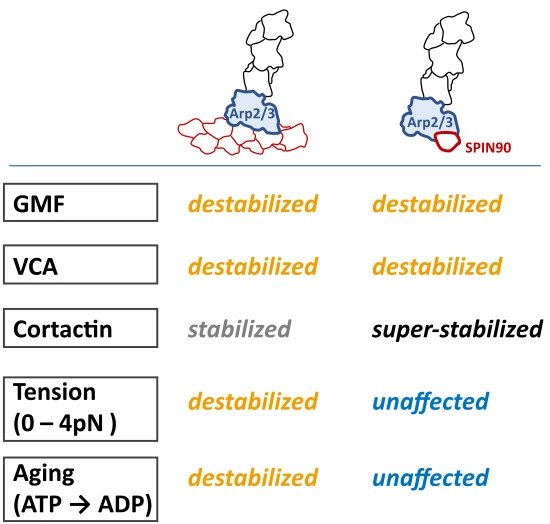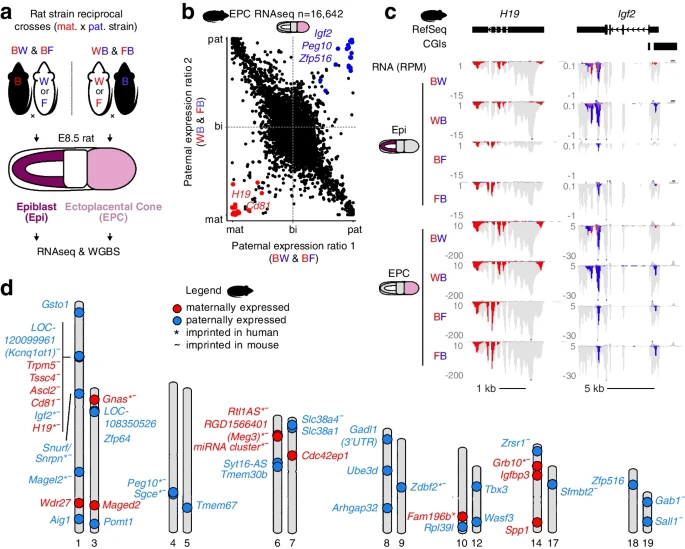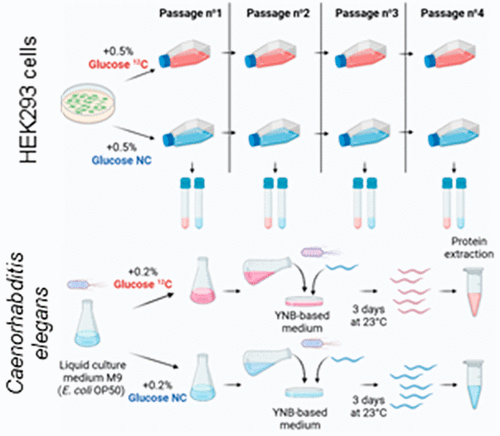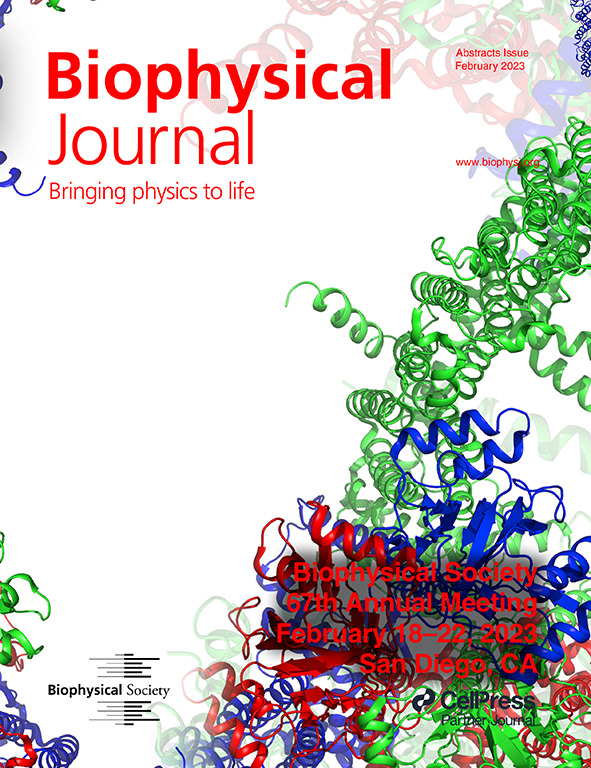The Camadro Lab just published in Biochemistry and Molecular Biology Education :
A field guide for implementing a flipped classroom
Abstract :
The way flipped classrooms are perceived and even practiced by teachers is sometimes approximate. For instance, while the Covid-19 pandemic has pushed many universities to adopt distance learning, flipped classrooms have often been mentioned as…



